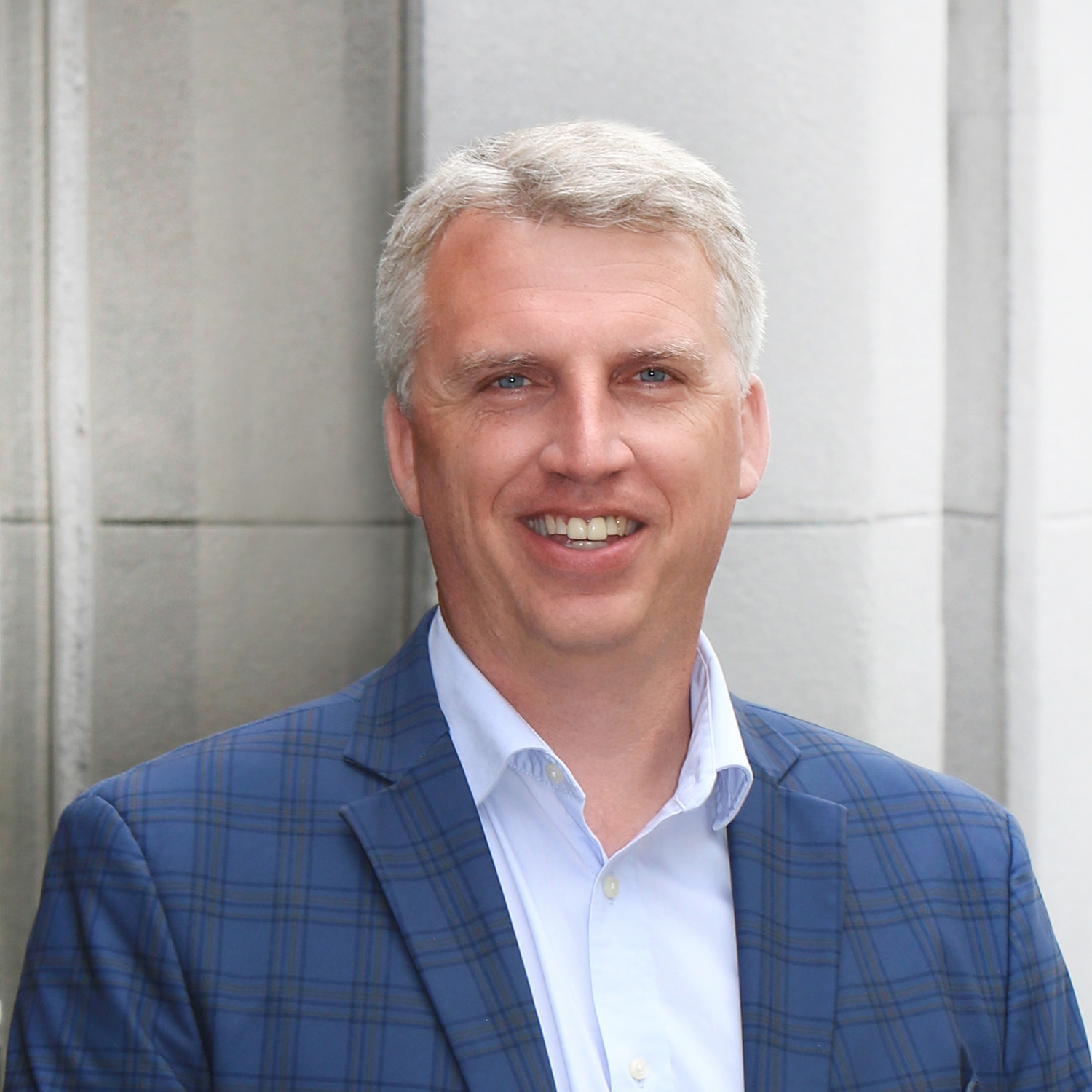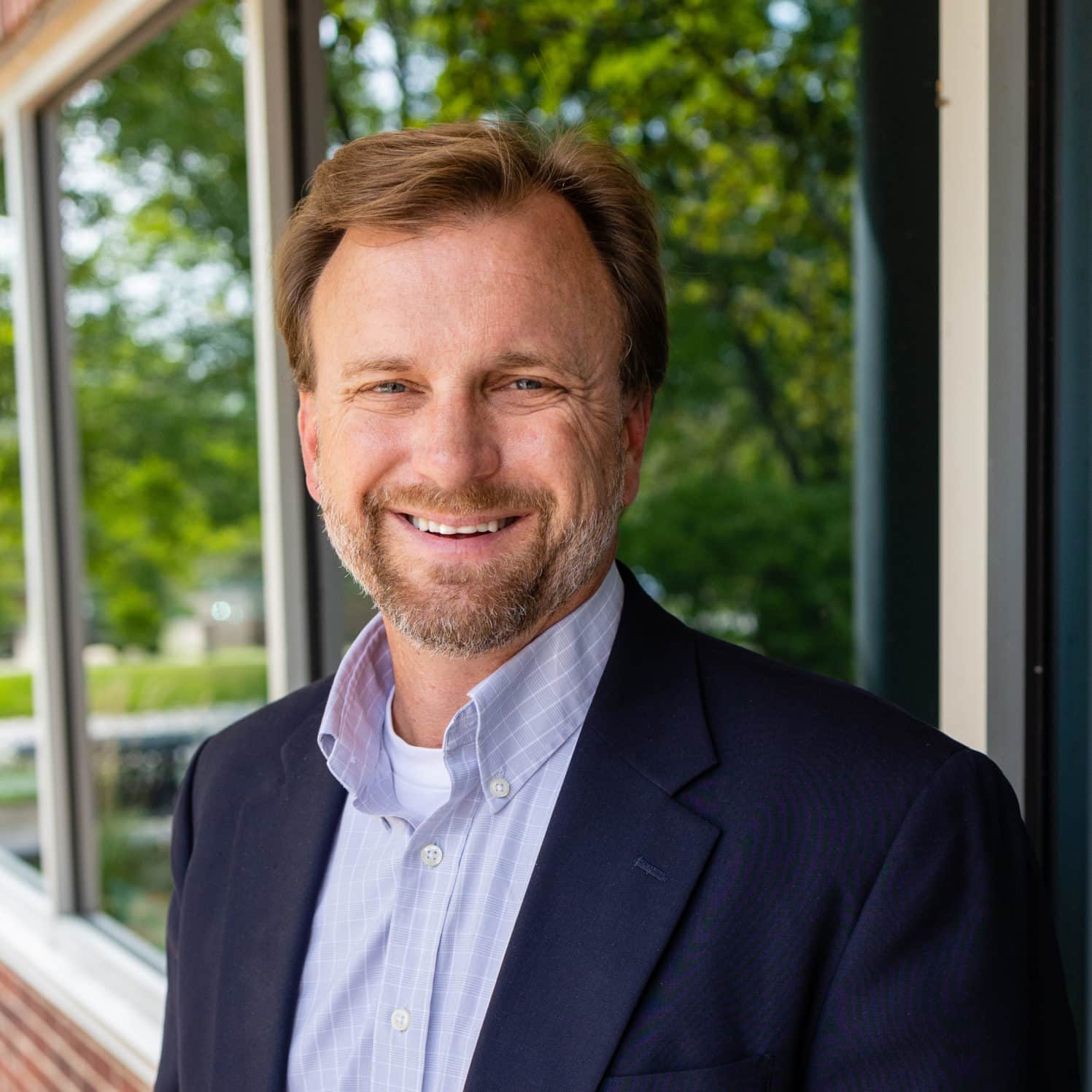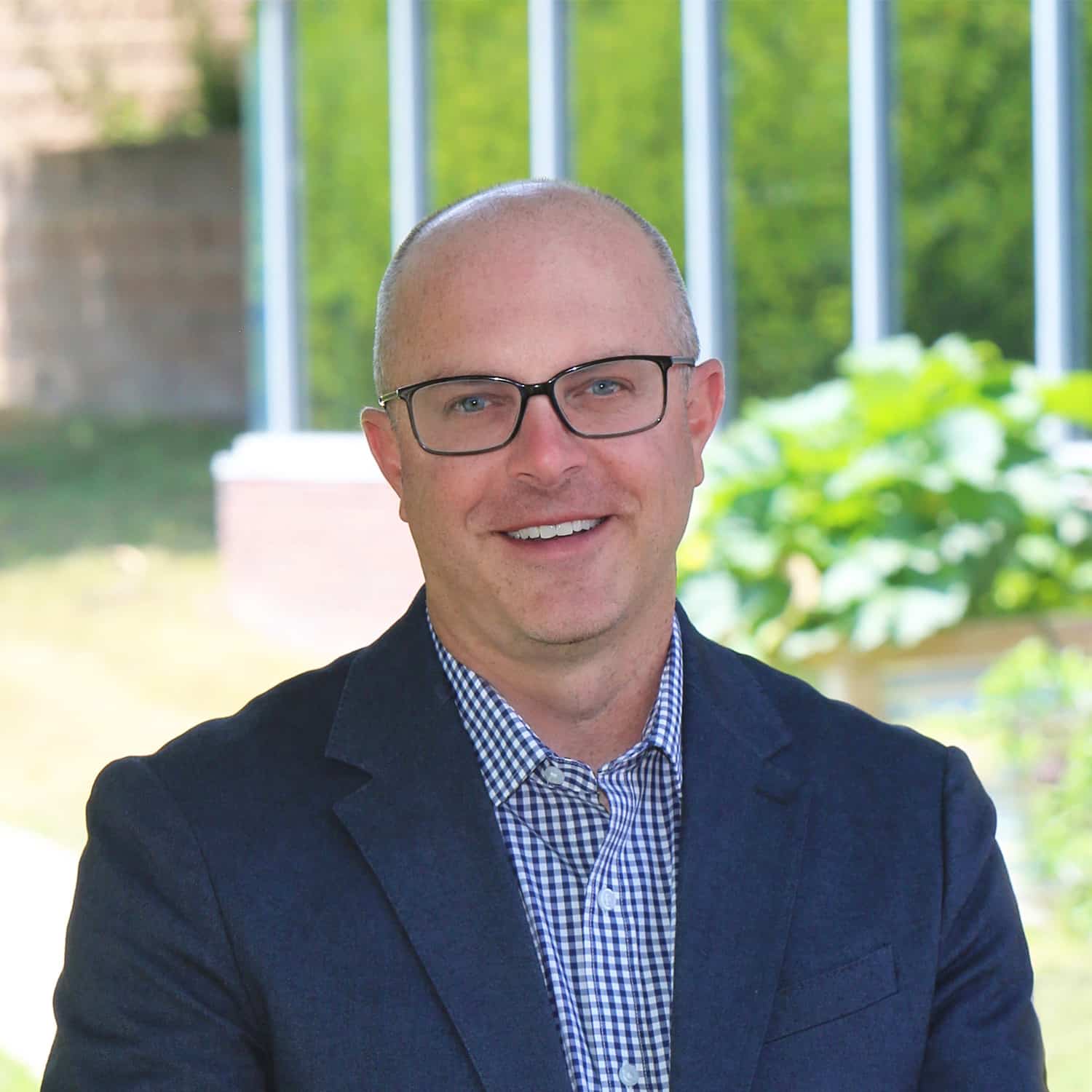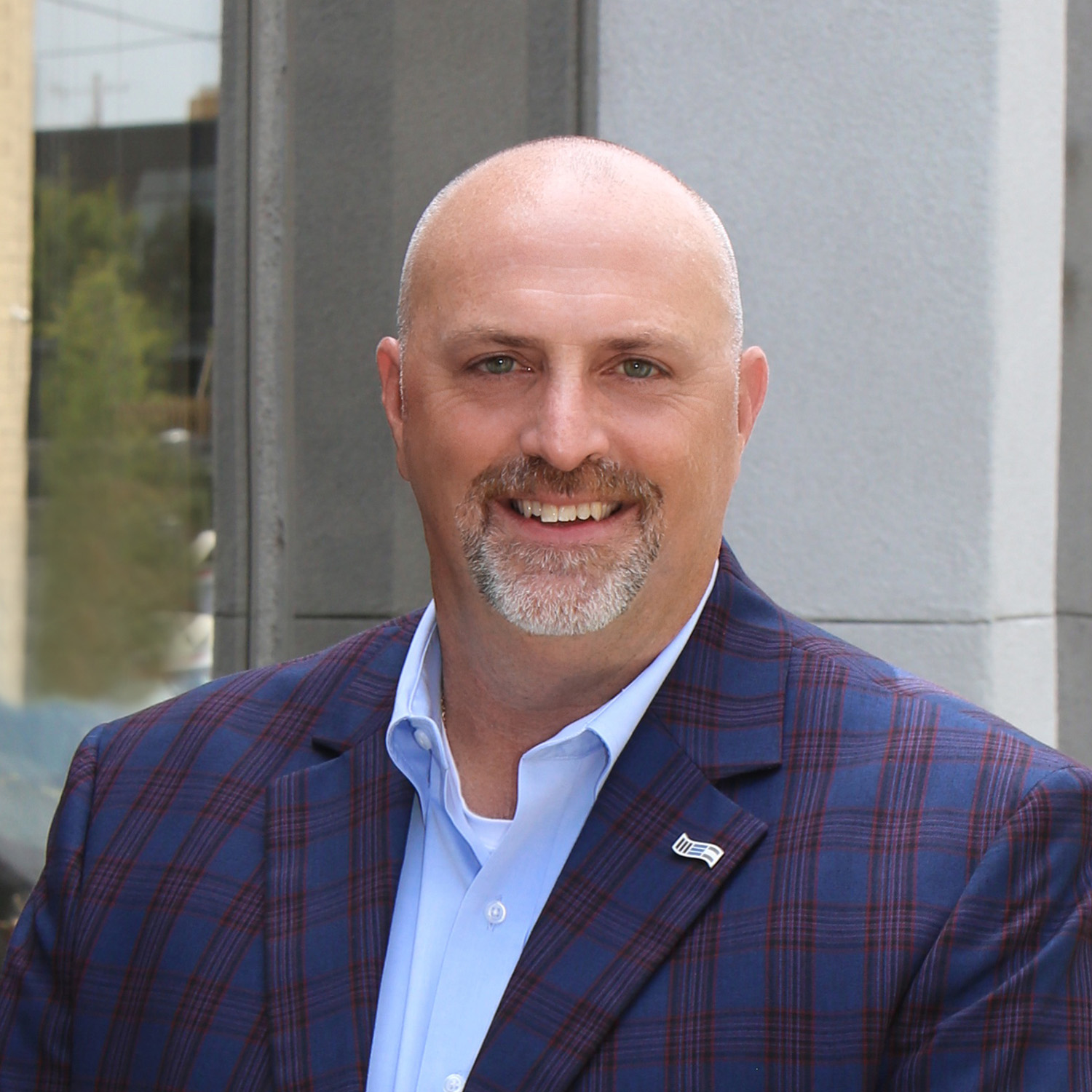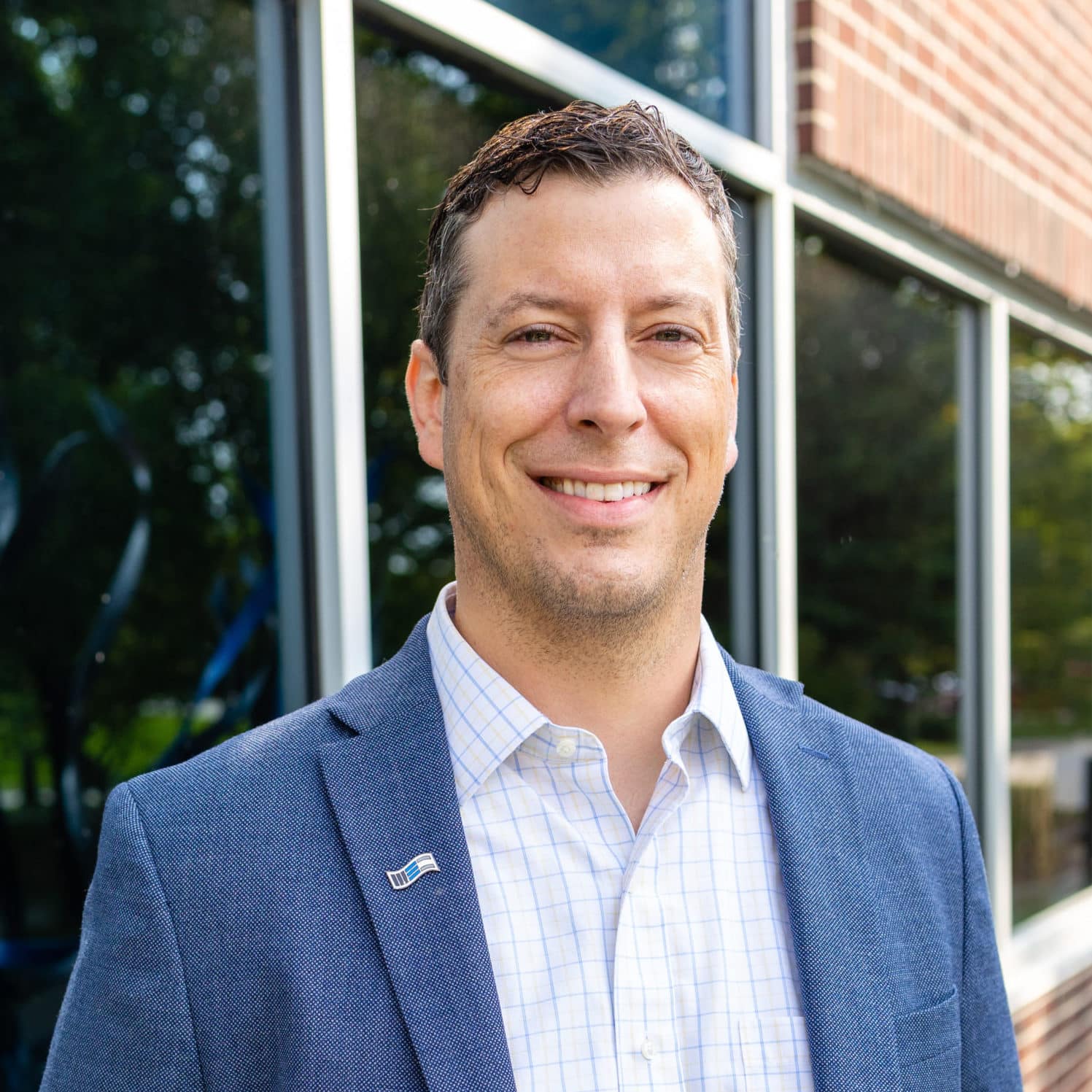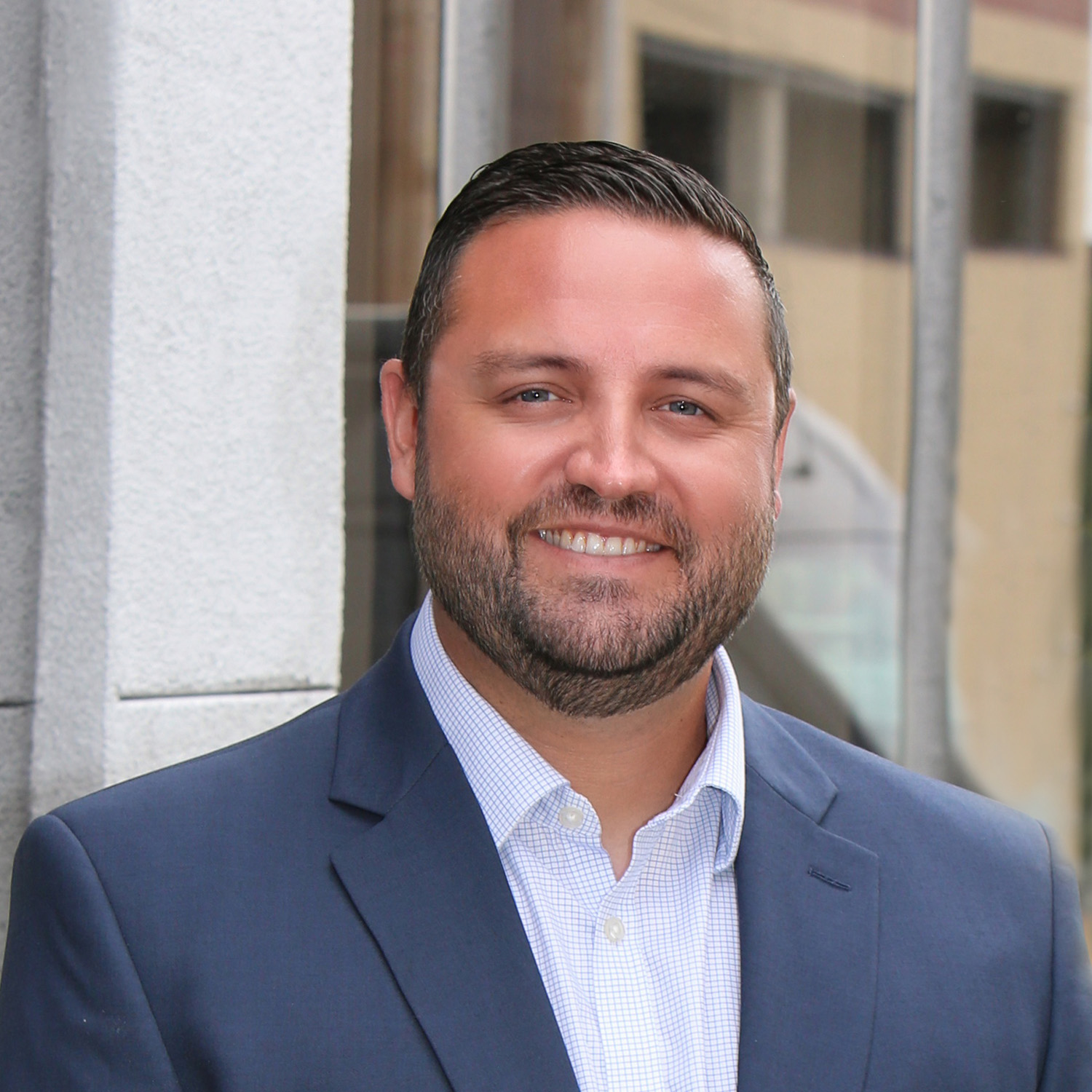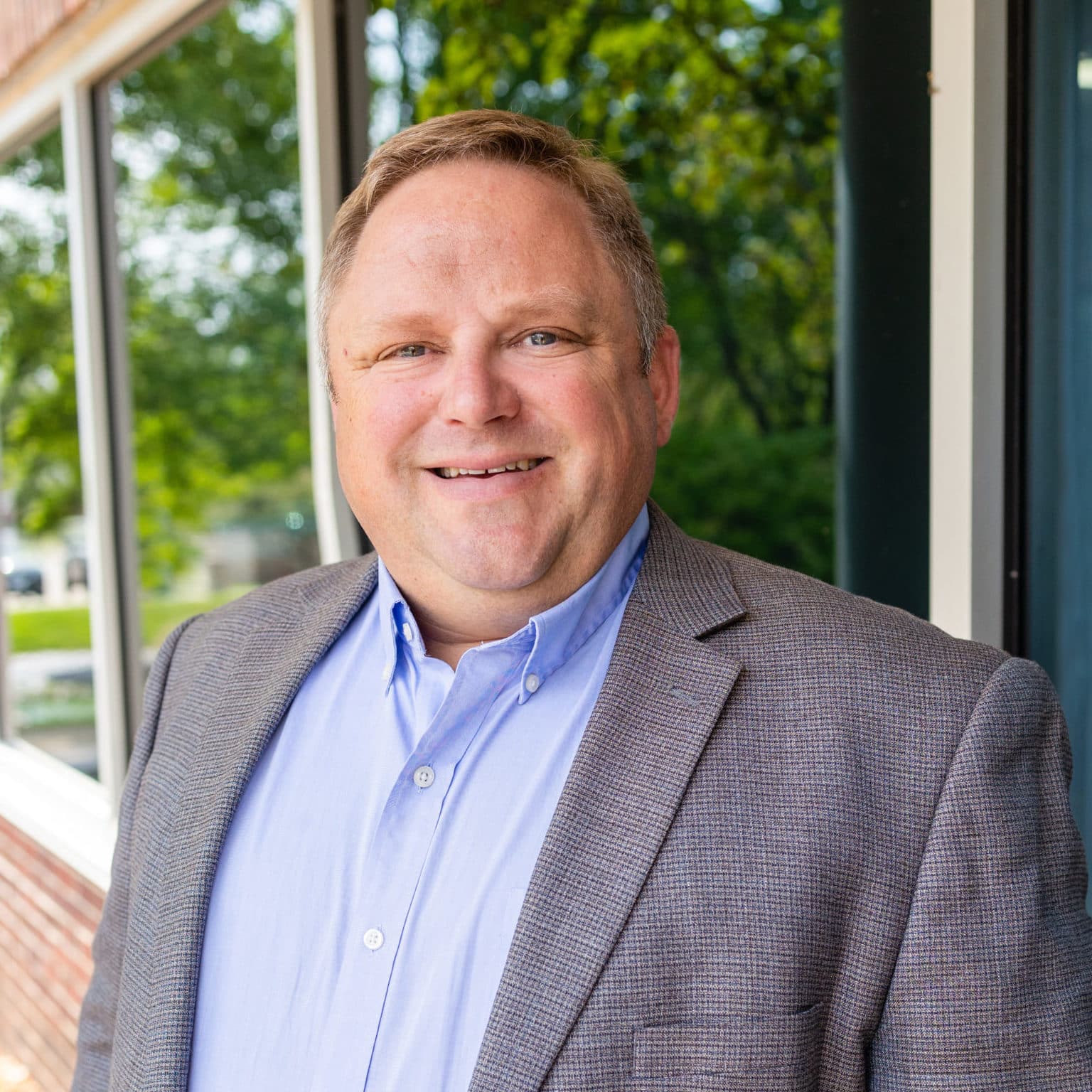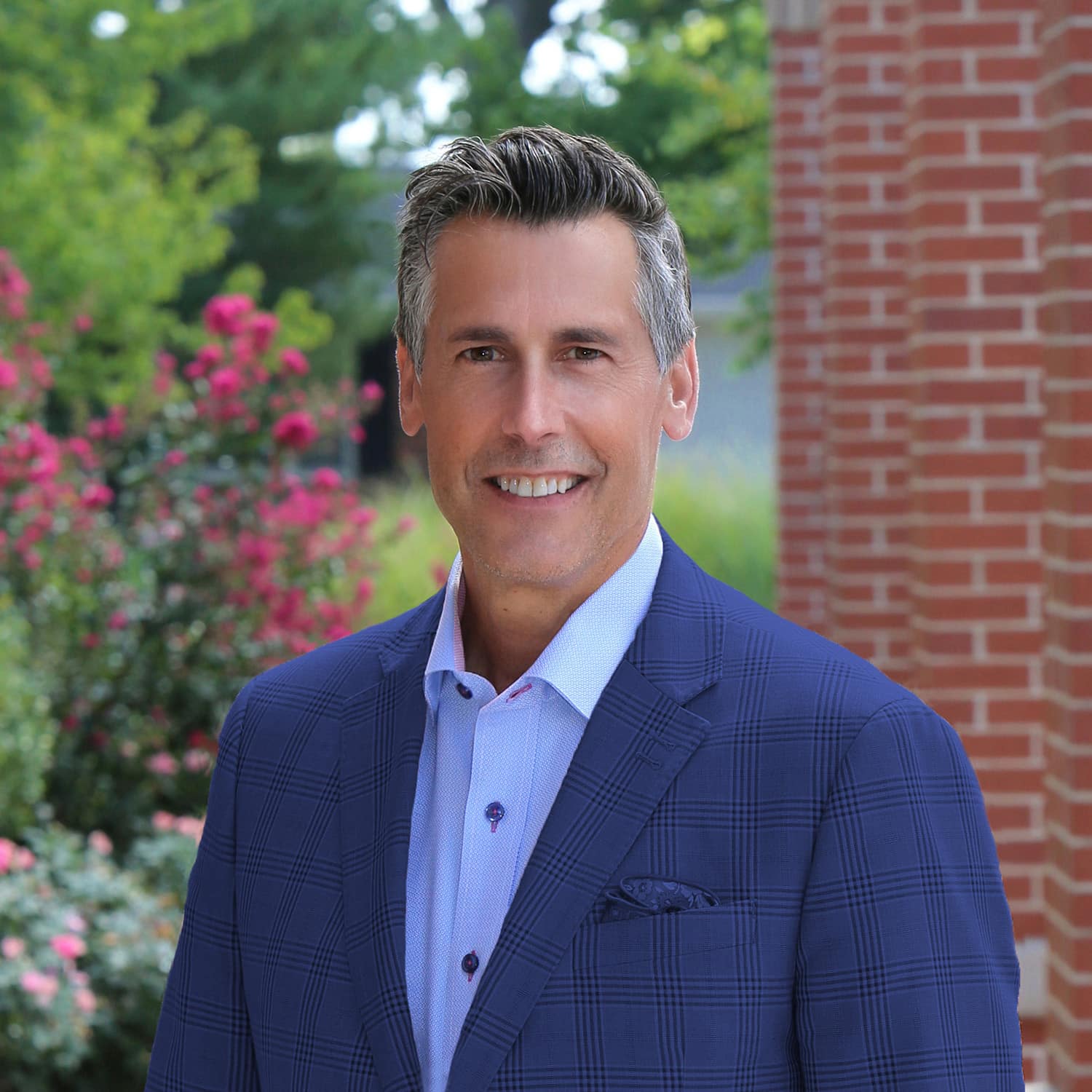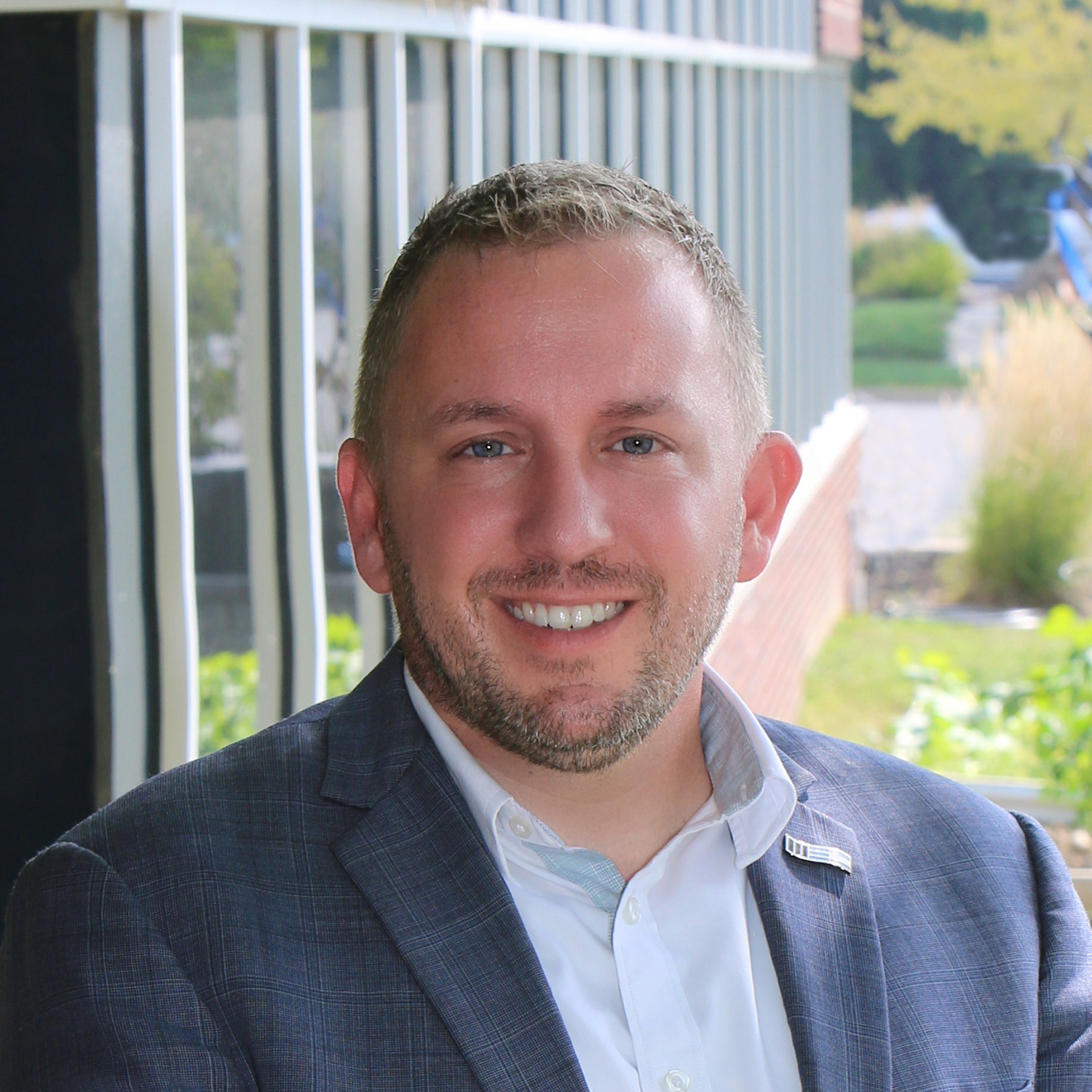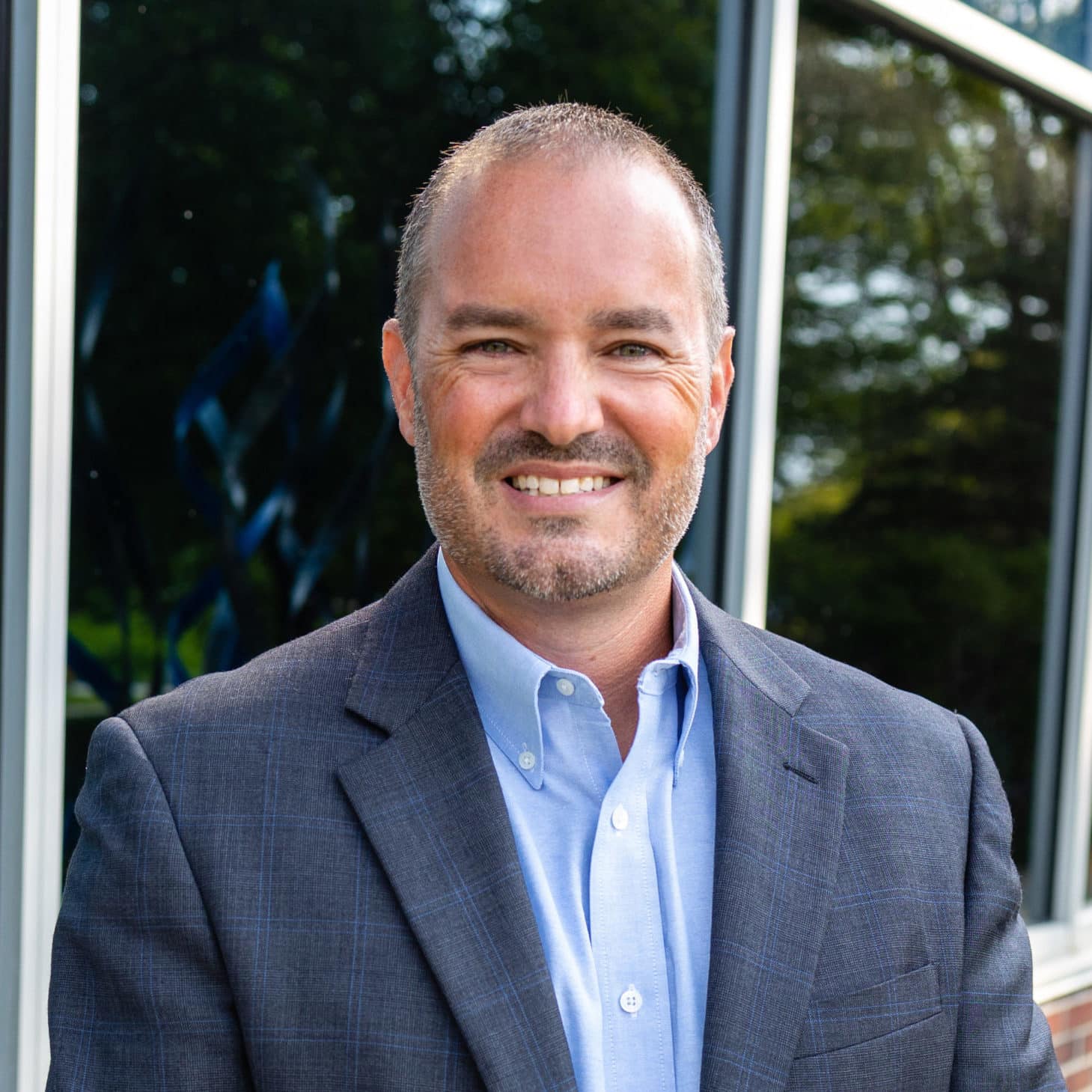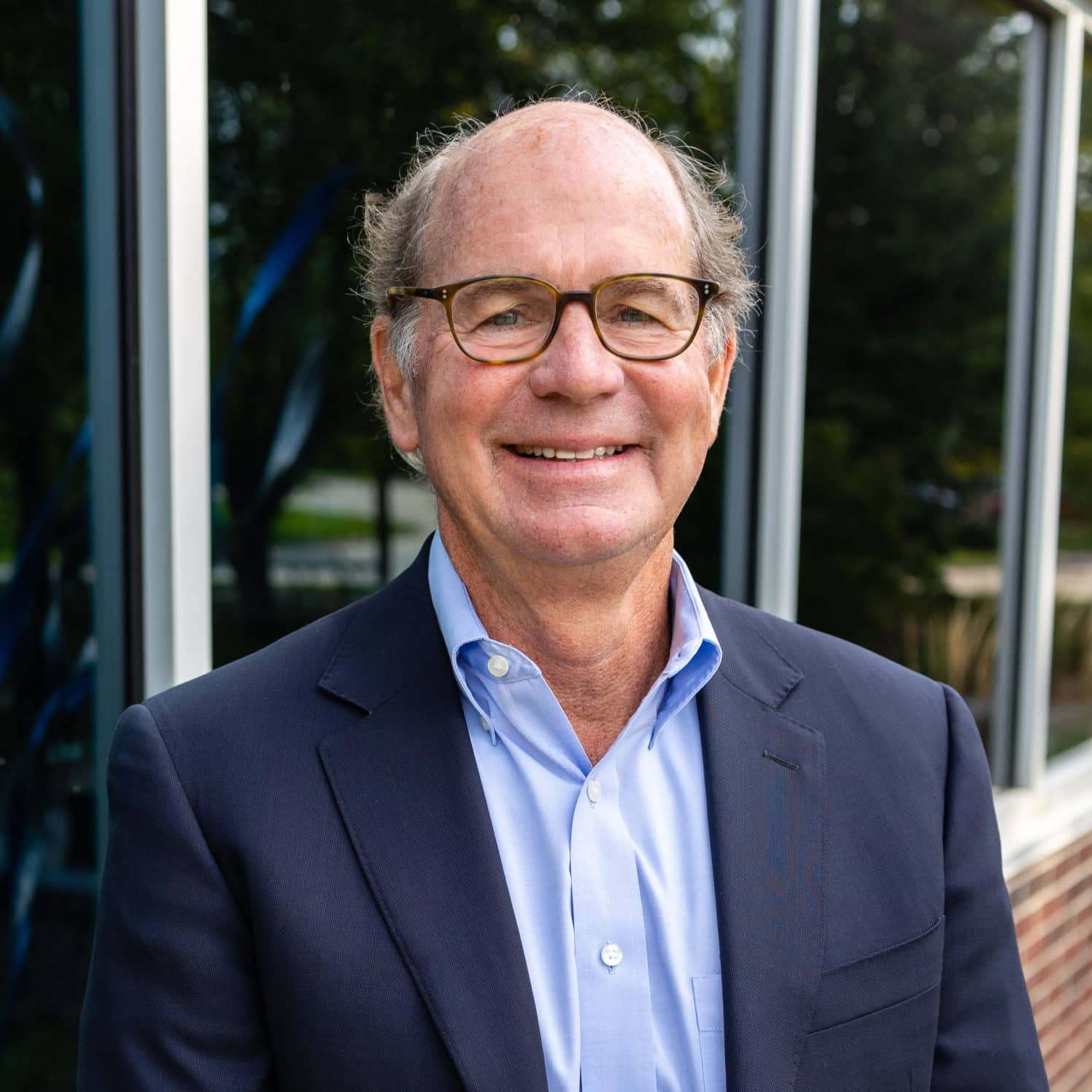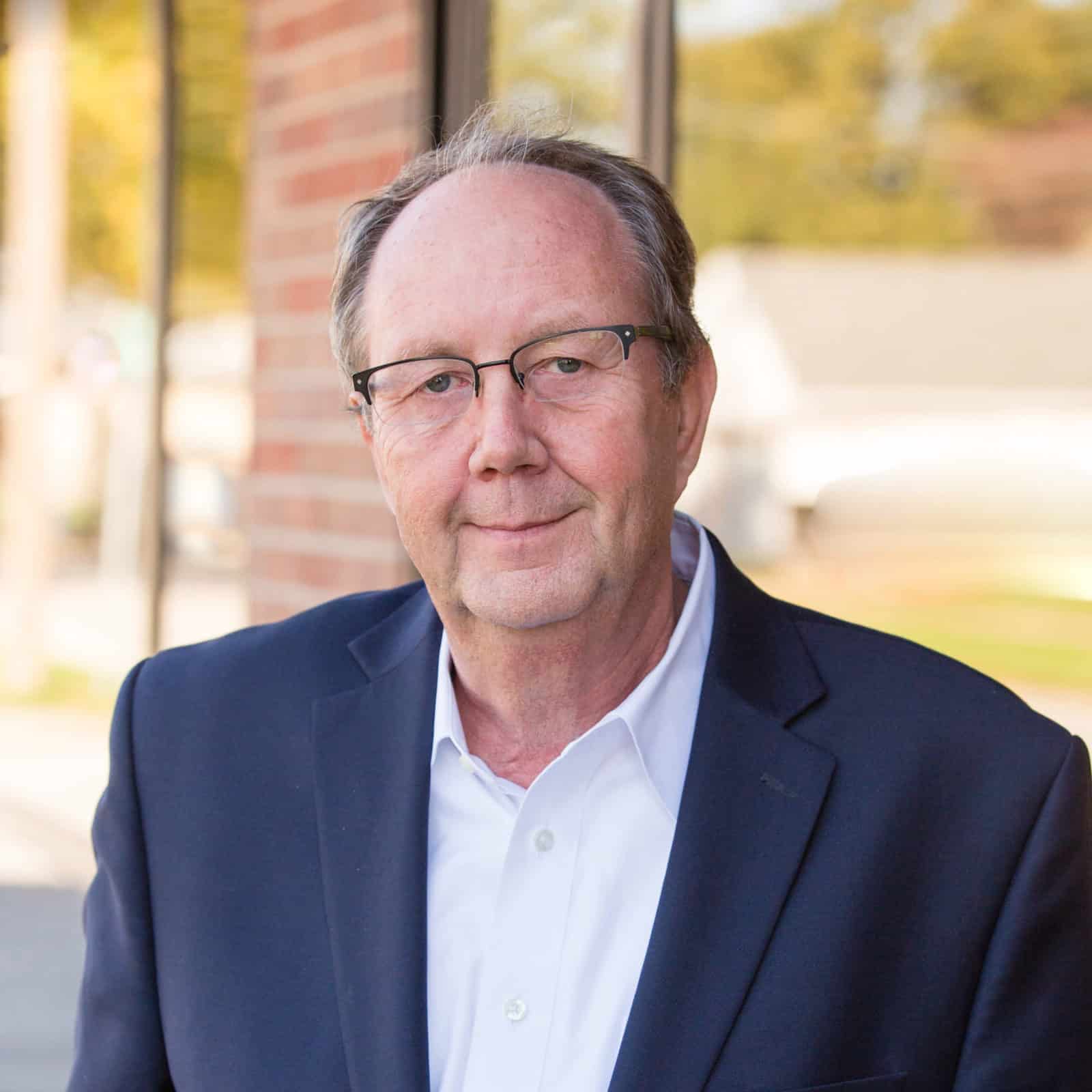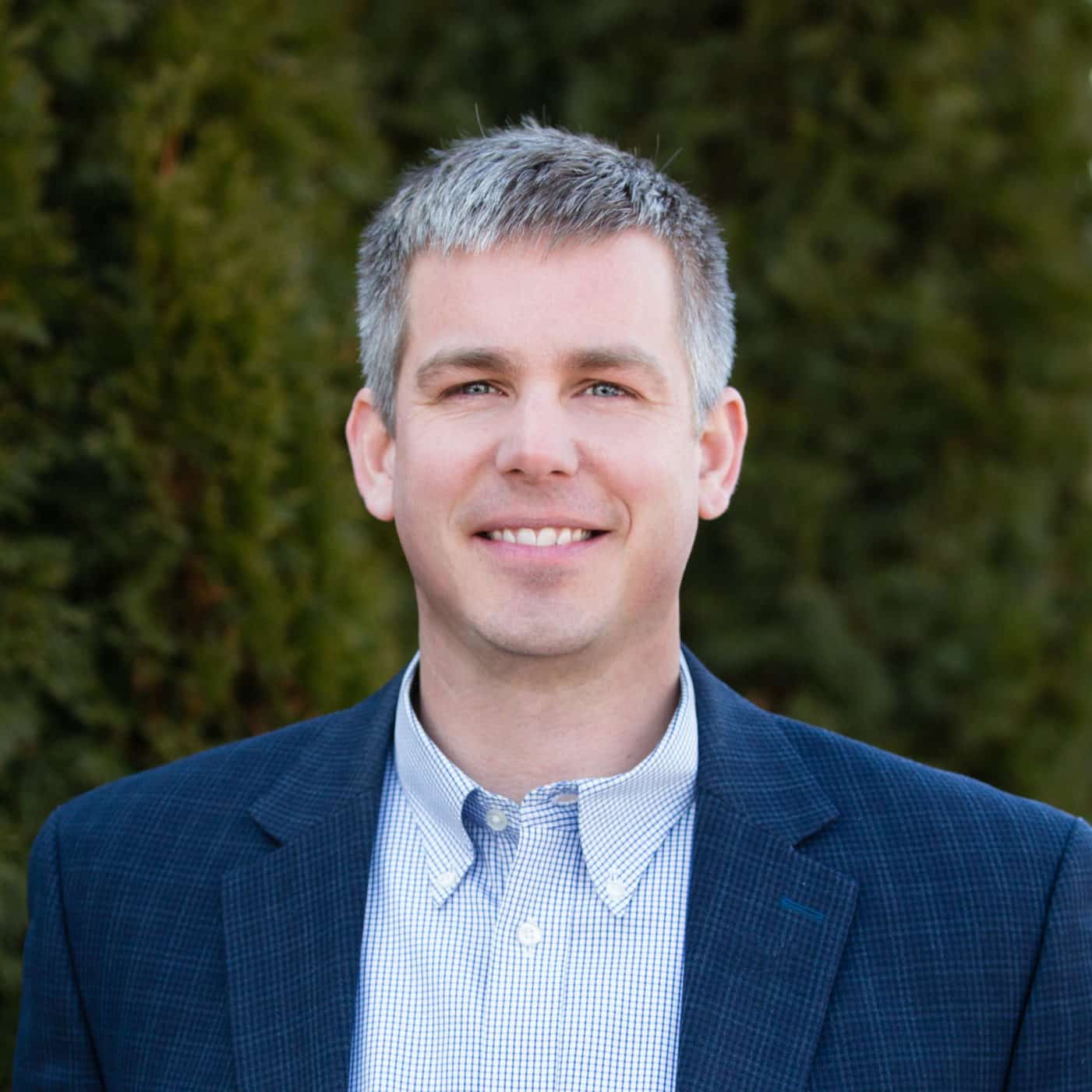Focusing on the Pragmatism of Place
Urban designers are responsible for the planning and design of urban areas. This could include developing new plans for entire cities as well as smaller-scale projects like the redesign of a street or park. Urban designers also serve a vital role in advocating for sustainable development and smart growth principles.
Professional urban design is becoming more important for the identity and resiliency of modern communities. At McClure, engineering places that are livable, sustainable and prosperous is not only our expertise but our pleasure. Through thoughtful collaboration and future-forward planning, our urban designers ensure projects reflect local culture, ecology and whatever else is necessary to fulfill your community’s needs.
What Is Urban Design? How Does McClure Define Successful Urban Design?
While buildings are a core part of any urban area, urban design also considers the space between them. It doesn’t regard these elements as distinct, but as different ways to create a more cohesive sense of place. An urban design project could entail everything from the planning and construction of a new street to its specific infrastructure and curb appeal. When handled by passionate, experienced professionals like McClure, it can help revitalize the economy and cultural identify of a community.
Urban design is also a multi-discipline approach, drawing on planning and development, architecture, engineering and many others. We often work with architects, landscape architects and engineers to better navigate these complex projects.
Depending on your project goals, successful urban design can:
- foster new businesses and entrepreneurship
- attract new residents and visitors
- provide affordable housing and transportation
- ensure equal access to nearby facilities and services
- balance urban environments and natural ecosystems
- encourage a sense of community
McClure uses a number of innovative strategies to help your community invest in itself. We engage the public and plan for both short-term success and long-term sustainability. With fresh perspective and cutting-edge tools, we’ll achieve your vision for beautiful, functional urban spaces.
What Are Some Examples of Urban Design Projects?
Mixed-use districts: a combination of residential, commercial and public space, mixed-use districts are designed to be vibrant, accessible communities. Homes may be found in close proximity to storefronts, restaurants, office spaces and public amenities like parks.
Event plazas: An open, centrally located plaza is a great space for people to gather and socialize. With quality urban design, they can also help improve the local economy by attracting new businesses and tourists. In recent years, there’s been a growing trend to build more plazas in American cities because of these benefits. For example, plazas can host public events, encouraging local businesses and organizations to host activities that draw foot traffic.
Streetscapes: A streetscape should create attractive and functional public spaces along streets and sidewalks. By incorporating elements such as trees, lighting, benches, bike lanes and other infrastructure, streetscape projects benefits pedestrians, local businesses and even the surrounding natural environment.
FAQ
What are the current trends in downtown urban development?
There are a few current trends in downtown urban development. One is a focus on mixed-use buildings that include residential, office, and retail space. This creates a more lively and sustainable downtown area. Another trend is the redevelopment of historic buildings into modern uses. This can add character and charm to a downtown area while also providing updated spaces for businesses and residents. Finally, many downtowns are also becoming more pedestrian-friendly, with wider sidewalks, more trees and green space, and better lighting and signage. This encourages people to stroll and shop at local businesses, adding to the economic vitality of the area.
How does urban design impact the built environment?
Urban design plays a significant role in the built environment. It impacts the way buildings are designed, how they are used, and how they interact with their surroundings. Good urban design improves the quality of life for residents and helps to create more sustainable and resilient cities. Just the same, poor urban design can lead to environmental, social and economic problems.
How does urban design create more livable cities?
There are many ways that urban design can be used to create more livable cities. One way is by improving the public spaces within cities. This can be done by creating more parks and green space with benches, playgrounds, and public art.
Another key element is pedestrian and bicycle-friendly infrastructure. This can be done by adding bike lanes and widening sidewalks. Additionally, urban design can be used to create mixed-use development, which creates a more vibrant and livable city by including a mix of residential, commercial, and retail spaces all in one area.
Finally, urban design creates a sense of place and identity for a city. Even functional design like signage and branding enhances local culture in a way that appeals to visitors and residents alike. The best design blends eclectic ideas with an overall consistency that helps each neighborhood feel distinct.
What is the role of an urban designer?
An urban designer is responsible for the overall appearance and feel of a city or town. They work with architects, engineers, and planners to create a master plan for the community that takes its history, culture, and natural surroundings into consideration. They also work with developers to ensure that new construction projects fit in with the existing community. For some projects, urban designers even play a role in educating the public about the importance of good urban design and its impact on their daily lives.
What are the challenges of designing urban spaces?
A common challenge is ensuing the design is both functional and aesthetically pleasing. The design should account for a variety of users, different groups of people such as children, the elderly, people with disabilities, and so on. The environmental impact must be considered, both in terms of the materials used and the energy required to maintain the space. Finally, budget constraints frequently impact what designs are feasible.
What are some of the skills that urban design architects need?
To be successful, urban design architects need strong skills in both planning and design, understanding complex problems to develop creative solutions that meet the needs of all stakeholders. In addition, urban design architects need excellent communication, finding opportunities for consensus among diverse groups. Projects frequently require experience working under pressure and within tight deadlines.
What are some of the trends in urban design?
One of the biggest trends in urban design is the move toward more sustainable development practices such as using green infrastructure to manage stormwater or promoting walkable and bikeable areas with mixed-use development. Another trend is the increasing use of technology in urban design, using data to inform decision making or using 3D printing to create prototypes of new designs.
What are some of the challenges urban designers will face in the future?
As cities continue to grow, the challenges faced by urban design architects will only become more complex. They will need to find ways to accommodate ever-increasing populations while still maintaining livability and quality of life. In addition, they will need to design for a changing climate and the effects of extreme weather events. With the right skills and knowledge, however, urban design architects will be well-positioned to meet these challenges and create thriving cities for the future.
Focusing on the Pragmatism of Place
Urban designers are responsible for the planning and design of urban areas. This could include developing new plans for entire cities as well as smaller-scale projects like the redesign of a street or park. Urban designers also serve a vital role in advocating for sustainable development and smart growth principles.
Professional urban design is becoming more important for the identity and resiliency of modern communities. At McClure, engineering places that are livable, sustainable and prosperous is not only our expertise but our pleasure. Through thoughtful collaboration and future-forward planning, our urban designers ensure projects reflect local culture, ecology and whatever else is necessary to fulfill your community’s needs.
What Is Urban Design? How Does McClure Define Successful Urban Design?
While buildings are a core part of any urban area, urban design also considers the space between them. It doesn’t regard these elements as distinct, but as different ways to create a more cohesive sense of place. An urban design project could entail everything from the planning and construction of a new street to its specific infrastructure and curb appeal. When handled by passionate, experienced professionals like McClure, it can help revitalize the economy and cultural identify of a community.
Urban design is also a multi-discipline approach, drawing on planning and development, architecture, engineering and many others. We often work with architects, landscape architects and engineers to better navigate these complex projects.
Depending on your project goals, successful urban design can:
- foster new businesses and entrepreneurship
- attract new residents and visitors
- provide affordable housing and transportation
- ensure equal access to nearby facilities and services
- balance urban environments and natural ecosystems
- encourage a sense of community
McClure uses a number of innovative strategies to help your community invest in itself. We engage the public and plan for both short-term success and long-term sustainability. With fresh perspective and cutting-edge tools, we’ll achieve your vision for beautiful, functional urban spaces.
What Are Some Examples of Urban Design Projects?
Mixed-use districts: a combination of residential, commercial and public space, mixed-use districts are designed to be vibrant, accessible communities. Homes may be found in close proximity to storefronts, restaurants, office spaces and public amenities like parks.
Event plazas: An open, centrally located plaza is a great space for people to gather and socialize. With quality urban design, they can also help improve the local economy by attracting new businesses and tourists. In recent years, there’s been a growing trend to build more plazas in American cities because of these benefits. For example, plazas can host public events, encouraging local businesses and organizations to host activities that draw foot traffic.
Streetscapes: A streetscape should create attractive and functional public spaces along streets and sidewalks. By incorporating elements such as trees, lighting, benches, bike lanes and other infrastructure, streetscape projects benefits pedestrians, local businesses and even the surrounding natural environment.
Where We Make an Impact
With decades of experience and a broader understanding of what ‘value’ urban design should provide, McClure helps build communities with stories, culture and a sense of identity all their own.
What are the current trends in downtown urban development?
There are a few current trends in downtown urban development. One is a focus on mixed-use buildings that include residential, office, and retail space. This creates a more lively and sustainable downtown area. Another trend is the redevelopment of historic buildings into modern uses. This can add character and charm to a downtown area while also providing updated spaces for businesses and residents. Finally, many downtowns are also becoming more pedestrian-friendly, with wider sidewalks, more trees and green space, and better lighting and signage. This encourages people to stroll and shop at local businesses, adding to the economic vitality of the area.
How does urban design impact the built environment?
Urban design plays a significant role in the built environment. It impacts the way buildings are designed, how they are used, and how they interact with their surroundings. Good urban design improves the quality of life for residents and helps to create more sustainable and resilient cities. Just the same, poor urban design can lead to environmental, social and economic problems.
How does urban design create more livable cities?
There are many ways that urban design can be used to create more livable cities. One way is by improving the public spaces within cities. This can be done by creating more parks and green space with benches, playgrounds, and public art.
Another key element is pedestrian and bicycle-friendly infrastructure. This can be done by adding bike lanes and widening sidewalks. Additionally, urban design can be used to create mixed-use development, which creates a more vibrant and livable city by including a mix of residential, commercial, and retail spaces all in one area.
Finally, urban design creates a sense of place and identity for a city. Even functional design like signage and branding enhances local culture in a way that appeals to visitors and residents alike. The best design blends eclectic ideas with an overall consistency that helps each neighborhood feel distinct.
What is the role of an urban designer?
An urban designer is responsible for the overall appearance and feel of a city or town. They work with architects, engineers, and planners to create a master plan for the community that takes its history, culture, and natural surroundings into consideration. They also work with developers to ensure that new construction projects fit in with the existing community. For some projects, urban designers even play a role in educating the public about the importance of good urban design and its impact on their daily lives.
What are the challenges of designing urban spaces?
A common challenge is ensuing the design is both functional and aesthetically pleasing. The design should account for a variety of users, different groups of people such as children, the elderly, people with disabilities, and so on. The environmental impact must be considered, both in terms of the materials used and the energy required to maintain the space. Finally, budget constraints frequently impact what designs are feasible.
What are some of the skills that urban design architects need?
To be successful, urban design architects need strong skills in both planning and design, understanding complex problems to develop creative solutions that meet the needs of all stakeholders. In addition, urban design architects need excellent communication, finding opportunities for consensus among diverse groups. Projects frequently require experience working under pressure and within tight deadlines.
What are some of the trends in urban design?
One of the biggest trends in urban design is the move toward more sustainable development practices such as using green infrastructure to manage stormwater or promoting walkable and bikeable areas with mixed-use development. Another trend is the increasing use of technology in urban design, using data to inform decision making or using 3D printing to create prototypes of new designs.
What are some of the challenges urban designers will face in the future?
As cities continue to grow, the challenges faced by urban design architects will only become more complex. They will need to find ways to accommodate ever-increasing populations while still maintaining livability and quality of life. In addition, they will need to design for a changing climate and the effects of extreme weather events. With the right skills and knowledge, however, urban design architects will be well-positioned to meet these challenges and create thriving cities for the future.
WHERE WE MAKE AN IMPACT
With decades of experience and a broader understanding of what ‘value’ urban design should provide, McClure helps build communities with stories, culture and a sense of identity all their own.
